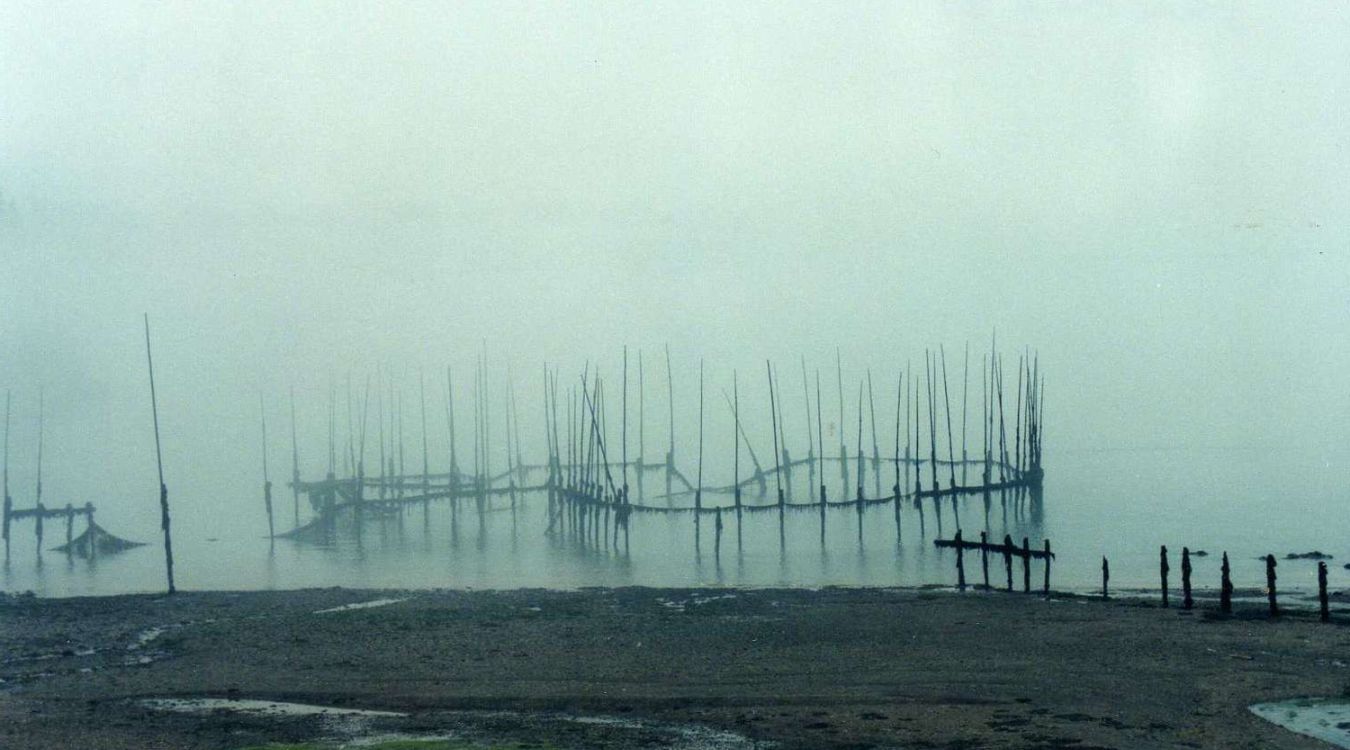Secrets Of The Ancient Fish Weir In North Carolina’s Chowan River

Have you ever wondered about the secrets hidden beneath the waters of North Carolina's Chowan River? One of the most intriguing is the ancient fish weir, a marvel of early engineering. This structure, used by Native Americans, showcases their ingenuity in catching fish. Made from stones and wooden stakes, the weir guided fish into traps, making it easier to catch them. Today, it stands as a testament to their resourcefulness and connection to nature. Exploring this ancient site offers a glimpse into the past and a deeper appreciation for the skills of those who lived here long ago.
Discovering the Ancient Fish Weir
The Chowan River in North Carolina holds a fascinating secret beneath its waters. The ancient fish weir, a marvel of early engineering, offers a glimpse into the lives of the indigenous people who once thrived here. Let's dive into the history and significance of this remarkable structure.
What is a Fish Weir?
A fish weir is a man-made structure used to catch fish. Built from stones, wood, or other materials, these traps guide fish into confined areas where they can be easily caught. The Chowan River's fish weir is one of the oldest and most intriguing examples of this ancient technology.
The History of the Chowan River Fish Weir
The fish weir in the Chowan River dates back thousands of years. It was constructed by Native American tribes who relied on the river for sustenance. Understanding its history helps us appreciate the ingenuity and resourcefulness of these early inhabitants.
Construction Techniques: The weir was built using locally sourced stones and wooden stakes. These materials were carefully arranged to create a V-shaped trap that funneled fish into a narrow passage.
Cultural Significance: For the indigenous people, the weir was more than just a fishing tool. It played a vital role in their culture, providing food and fostering community cooperation.
Archaeological Discoveries: Excavations around the weir have uncovered artifacts such as pottery shards and tools, offering insights into the daily lives of those who built and used the structure.
How the Fish Weir Worked
Understanding the mechanics of the fish weir reveals the brilliance of its design. The structure capitalized on the natural behavior of fish, making it an effective and sustainable fishing method.
Fish Behavior: Fish naturally swim against the current. The weir's V-shape exploited this behavior, guiding fish into the narrow end where they could be easily caught.
Seasonal Use: The weir was most effective during spawning seasons when fish populations were highest. This ensured a steady supply of food throughout the year.
Maintenance: Regular maintenance was crucial. The community worked together to repair and reinforce the weir, ensuring its continued effectiveness.
The Legacy of the Chowan River Fish Weir
The ancient fish weir is not just a relic of the past; it continues to inspire and educate. Its legacy lives on through preservation efforts and educational programs.
Preservation Efforts: Local organizations are working to protect the weir and its surrounding environment. These efforts ensure that future generations can learn from and appreciate this historical treasure.
Educational Programs: Schools and museums in the area offer programs that teach about the fish weir and its significance. These initiatives help keep the history and culture of the indigenous people alive.
Cultural Heritage: The fish weir stands as a testament to the ingenuity and resilience of the Native American tribes who built it. It reminds us of the deep connection between people and their environment.
The ancient fish weir in North Carolina's Chowan River is a remarkable piece of history. Its construction, use, and legacy offer valuable lessons about sustainability, community, and the ingenuity of early civilizations.
The Timeless Allure of the Chowan River Fish Weir
The ancient fish weir in North Carolina's Chowan River offers a unique glimpse into the past. This marvel of indigenous engineering shows how early inhabitants thrived using natural resources. Visiting the site, you can almost feel the history beneath your feet. The weir isn't just a pile of rocks; it's a testament to human ingenuity and survival.
Exploring this site provides more than just a history lesson. It connects us to the people who lived here long before modern conveniences. Their methods were simple yet effective, reminding us that sometimes the best solutions come from understanding and working with nature.
So, next time you're in North Carolina, take a detour to the Chowan River. Experience the ancient fish weir and let it transport you back in time. It's a piece of history worth seeing.

